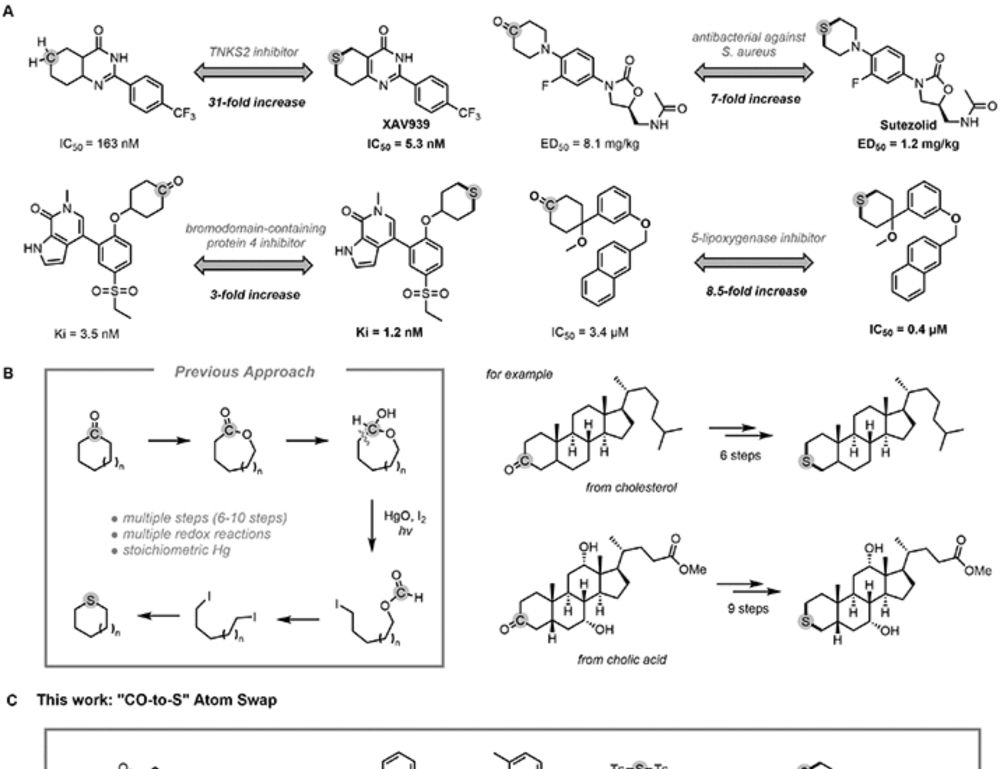
pubs.acs.org/doi/10.1021/...

pubs.acs.org/doi/10.1021/...
onlinelibrary.wiley.com/doi/10.1002/...

onlinelibrary.wiley.com/doi/10.1002/...


pubs.acs.org/doi/10.1021/...

pubs.acs.org/doi/10.1021/...
Magauer's work on methylcyclization directly addresses one of these; I love it!
www.nature.com/articles/s41...

Magauer's work on methylcyclization directly addresses one of these; I love it!
www.nature.com/articles/s41...
pubs.acs.org/doi/10.1021/...

pubs.acs.org/doi/10.1021/...
chemsky 🧪
www.science.org/doi/10.1126/...

chemsky 🧪
www.science.org/doi/10.1126/...
pubs.rsc.org/en/content/a...

pubs.rsc.org/en/content/a...
pubs.acs.org/doi/10.1021/...

pubs.acs.org/doi/10.1021/...

